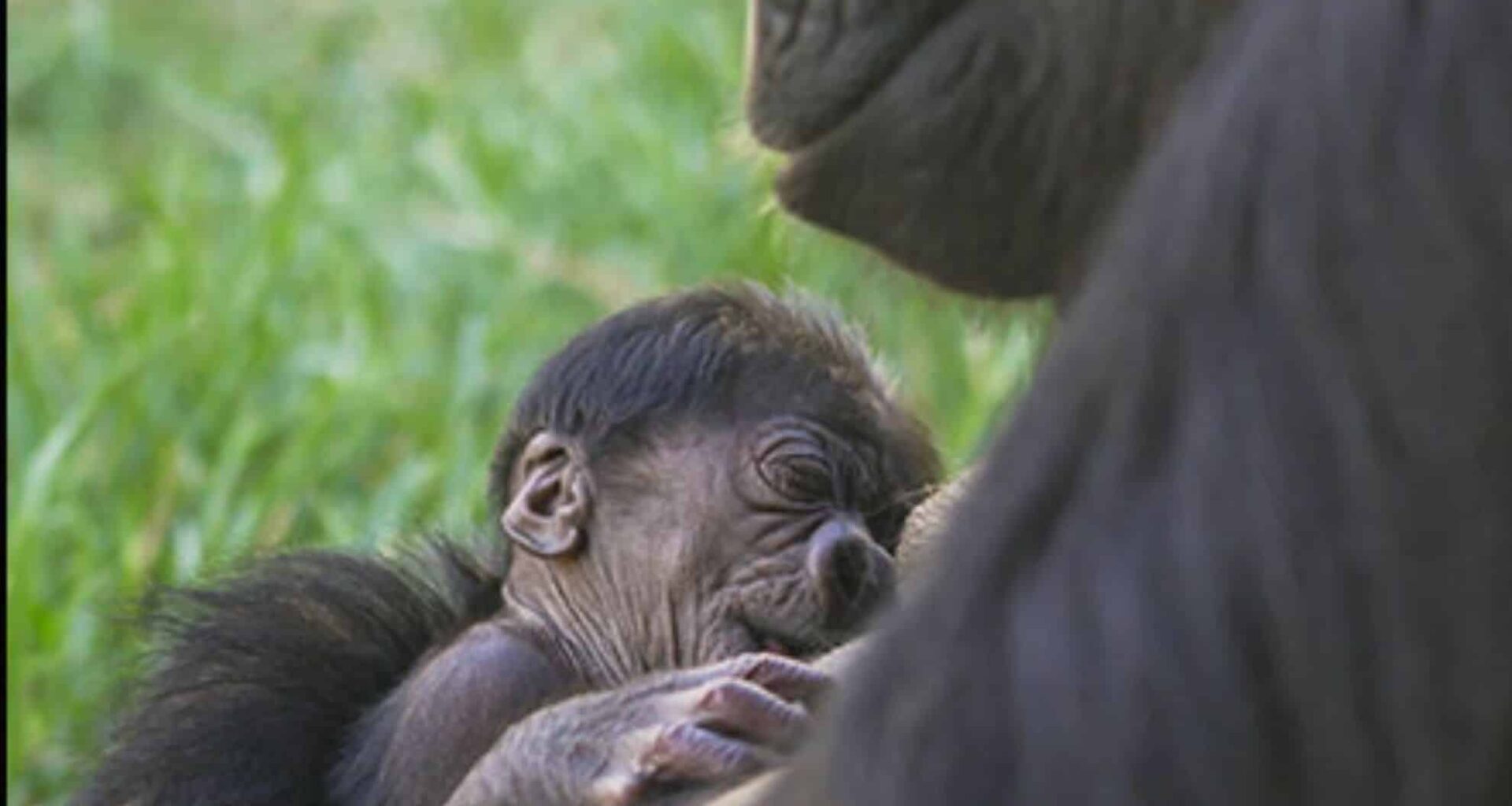n a heartwarming development, Cheyenne Mountain Zoo has welcomed a new member to its Primate World habitat for the first time in over a decade. The critically endangered western lowland gorilla was born early Monday morning to mother Asha, a 32-year-old gorilla born at the zoo in 1992. The birth has sparked excitement among both staff and visitors, offering a rare and uplifting moment in the conservation efforts for this species, which is on the brink of extinction.
Asha and Her Baby: A Strong Bond from the Start
The newborn gorilla, still unnamed, has been showing positive signs of development, including nursing and clinging to its mother, a crucial milestone for any newborn primate. As the zoo’s animal keeper, Ashton Asbury, noted in a statement, Asha and her baby are bonding exceptionally well.
“Asha is sitting and lying down with the baby and gently patting its back, which is really adorable,” Asbury said. “The baby hangs onto Asha while she’s moving around and she supports it with one hand. They’re bonding really well, and we have seen her licking the baby’s head and grooming it.”
This intimate interaction speaks volumes about the strong maternal instincts Asha has displayed. It is her third baby, though this is the first for Goma, the father, who has been showing signs of attachment to the newborn as well.
Goma’s Role: Protective Fatherhood
Goma, a 34-year-old gorilla who arrived at Cheyenne Mountain Zoo in 2016, is also adjusting to the new addition to the family. As part of a national breeding program aimed at preserving the western lowland gorilla species, Goma has been showing genuine interest in both Asha and her baby. According to Asbury, Goma seems to have a protective instinct toward them.
“He seems to want to stick close to her and the baby,” Asbury continued. “I heard him making happy gorilla grumbles at them, and Asha is doing a good job of showing him the baby while keeping a comfortable distance.”
This dynamic is reflective of the careful and natural balance that gorillas maintain in their social structures, and it suggests that Goma may eventually take a more active role in caring for the baby as it grows.
Conservation Efforts and the Impact of Coltan Mining
Western lowland gorillas are critically endangered, a status attributed to several factors, including disease, poaching, and significant habitat destruction. One of the most concerning threats to their survival is the demand for coltan, a mineral found in the forests and swamps where these gorillas live. Coltan is a key component in the production of electronics such as mobile phones, and its mining has led to severe deforestation in the gorillas’ natural habitat.
The zoo has highlighted the importance of recycling coltan, encouraging the public to drop off old electronics at designated locations. As part of its commitment to conservation, the zoo has made it easy for visitors to get involved by providing Eco-Cell recycling bins and working with electronics stores to collect old devices.
The Future of Western Lowland Gorillas
Despite the challenges facing the species, the birth of a healthy baby gorilla at Cheyenne Mountain Zoo offers hope for the future of western lowland gorillas. As long as Asha and her baby continue to thrive, the zoo’s staff will allow Asha to take the lead in caring for her newborn, with keepers monitoring the situation closely.
“As long as keepers observe that baby and mom are doing well, they will continue to let Asha take the lead on providing care,” zoo officials said.
For zoo guests, there is a unique opportunity to witness this beautiful bonding process firsthand. The Primate World habitat is open to the public, and visitors may catch a rare glimpse of the baby gorilla and its family.
